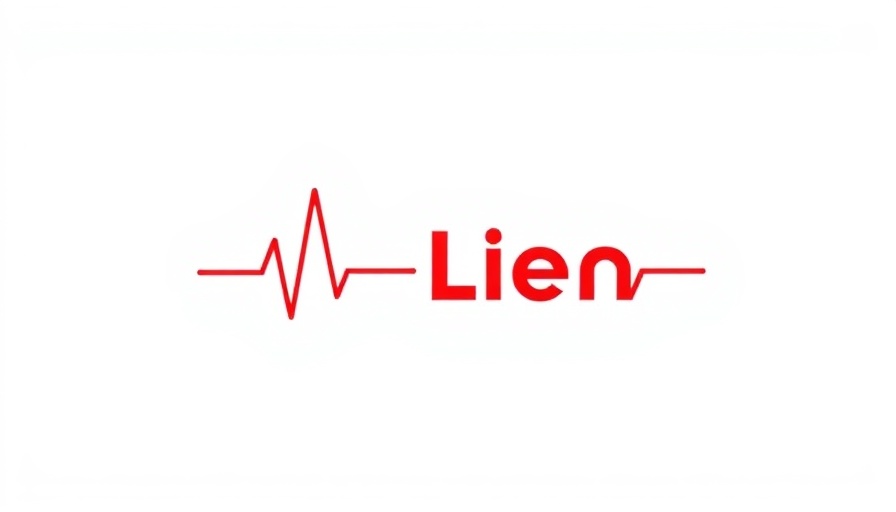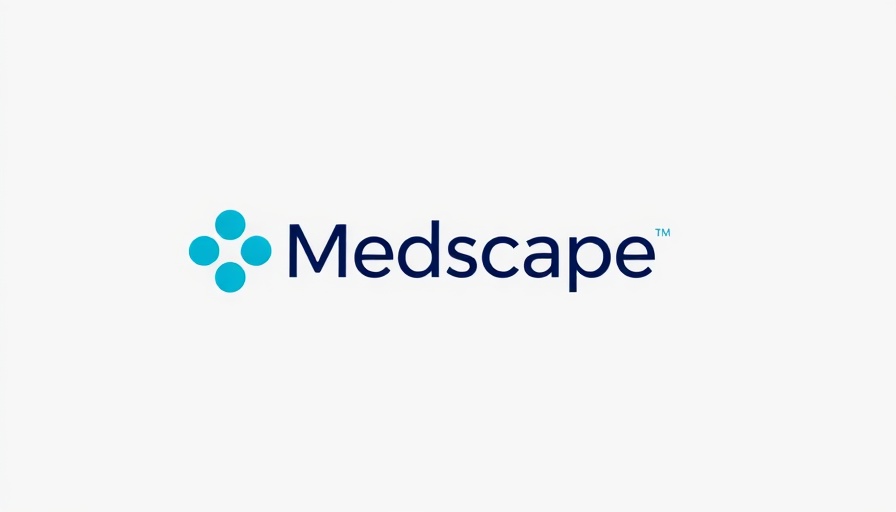
Breaking New Ground: Tenpoint Therapeutics and Presbyopia Treatment
Vision correction is a critical aspect of healthcare, particularly for those affected by presbyopia, a common age-related condition that affects people's ability to focus on close objects. Recently, Tenpoint Therapeutics Ltd. marked a significant milestone by announcing the FDA's acceptance of their new drug application (NDA) for Brimochol PF, aiming to change the landscape of presbyopia treatment.
What is Presbyopia and Why Does it Matter?
Presbyopia is often described as a gradual decline in the eye's ability to focus on near objects, usually becoming noticeable in the early to mid-40s. This transition is typically attributed to the stiffening of the eye's lens, which impacts visual acuity for nearby activities such as reading or sewing. With presbyopia affecting nearly every individual past their mid-40s, the need for effective treatments is more pressing than ever.
Understanding Brimochol PF: A Game Changer for Eyecare
Brimochol PF is envisioned as a breakthrough option that not only addresses the symptoms of presbyopia but also prioritizes patient comfort. Unlike traditional treatments that are often associated with side effects like headaches or visual disturbances, Tenpoint aims to deliver a solution that excels in both effectiveness and tolerability. This could significantly improve the quality of life for millions of Americans, opening the door to more engaging experiences without the hassle of reading glasses or contact lenses.
The FDA's Role and Implications of Acceptance
The FDA's acceptance of Tenpoint’s NDA signals a crucial step toward potential market availability. This validation showcases rigorous review processes established by the FDA, ensuring that new treatments meet necessary safety and efficacy standards. For companies like Tenpoint, FDA acknowledgment can pave the way for increased investor interest and further research opportunities, enhancing their credibility in a competitive market.
Future Trends in Presbyopia Treatment
The acceptance of Brimochol PF opens avenues for more innovative solutions to age-related vision issues. Experts suggest a future where personalized treatments become the norm, where medical technology aligns with consumer needs, leading to interventions that not only reduce dependency on corrective lenses but also significantly improve day-to-day life. Imagine a world where individuals can read comfortably and enjoy leisure activities without the usual constraints of presbyopia.
Community Perspectives: What This Means to Patients
For many, the news of Brimochol PF evokes hope. Patient advocates underscore the importance of accessible and effective treatments, emphasizing that advancements like this can alleviate the emotional and physical burdens associated with visual impairment. Furthermore, discussions in healthcare circles highlight a growing public awareness surrounding eye health, thus motivating discussions to prioritize technological advancements in this critical field.
Expanding the Horizon: Challenges Ahead for Tenpoint
While the acceptance of the NDA for Brimochol PF is a positive development, Tenpoint Therapeutics faces the challenge of successfully navigating the market launch and ensuring patient education about the new treatment. Stakeholders are keen to see not just approval but the actual adoption by eye care professionals and patients alike. Educational initiatives will likely be essential in this regard, as bridging the gap between innovation and actual patient usage can sometimes present difficulties.
Conclusion: Looking Ahead with Optimism
As Tenpoint Therapeutics charts its course following FDA acceptance, both consumers and health professionals remain vigilant and hopeful for the next steps. Brimochol PF represents not just a new product but a potential transformation in how presbyopia and related visual impairments are managed. This underscores a broader trend in the healthcare landscape: the responsibility of pharmaceutical companies to innovate and adapt to meet the evolving needs of their patient populations.
 Add Row
Add Row  Add
Add 




Write A Comment